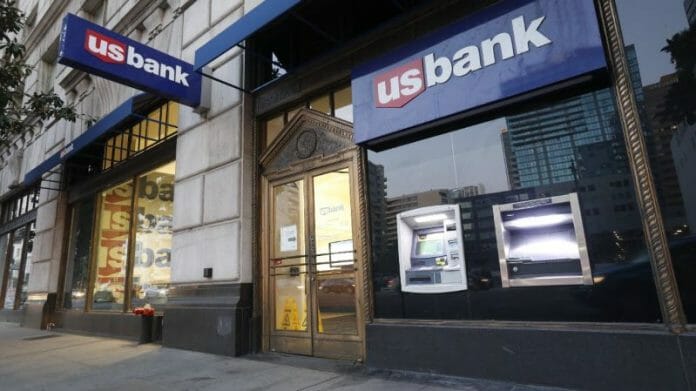We have just had one of the most turbulent intra-day trading weeks in US stock history last week.
As the dust settles, for some with joy, for many, both bulls and bears, some mauling wounds, we are left with a little bit of a stare-off between the two sides.
After the vicious rally on Thursday, I was bearish, we have seen significant percentage movements in both directions, ending us back in that immediate post-rally range. Making it difficult to decipher which way the next dominant momentum shift will take us. Friday’s close in New York did turn heavily after an afternoon session rally at first.
Why does all this price action analysis matter? Because we are trying to figure out just what is the dominant economic sentiment flavour of the moment. We know the true background is one of the continuing economic crunch.
The US Non-farm payrolls remained above their usual pre-Covid levels suggesting a strong economy. However, employment is the ultimate lagging indicator of where an economy is truly at and every other economic data series in the playbook is decidedly worrisome and showing further deterioration.
The only true fundamental relief comes from the idea that poor data will mean the Fed’s slowing to 50 points, quickly becoming 25 points and even a complete stop.
Nevertheless, generally poor economic data will at some point give the Federal Reserve greater pause for thought. That point, however, is a very long way off. Far off enough to make it nonsensical for any immediate decisions regarding markets.
Today, we have the linger of the Non-Farm Payroll (NFP), which only actually further encourages aggressive Fed rate hikes. By aggressive, and let there be no mistake, 50-point rate hikes are historically aggressive, I also mean we are going to a whopping 6% for the Fed Funds Rate, and even higher.
Previously, I have mentioned the risk to 7.5%. Based on what the Fed itself is saying loudly and clearly about wanting to slow the economy and jobs, and the evolution of inflationary pressures, albeit moderating, it appears inescapable that we will witness a Fed Funds Rate of 6.00%, and more in 2023.
Perhaps, they pull up at 5.75%, not wanting to put a 6 handle on it, but even 5.75% is far higher than the market consensus.
In other words, being able to see such high rates for 2023, provides us with a market advantage.
If US President Biden follows through on his slow opening to the idea of talks with Russian President Putin, this could change everything.
While the war rages, however, and is currently on track to continue through all of 2023 and into 2024, it remains difficult to find any real reason to buy the US stock market.
Market insights and analysis from Clifford Bennett, Chief Economist at ACY Securities









